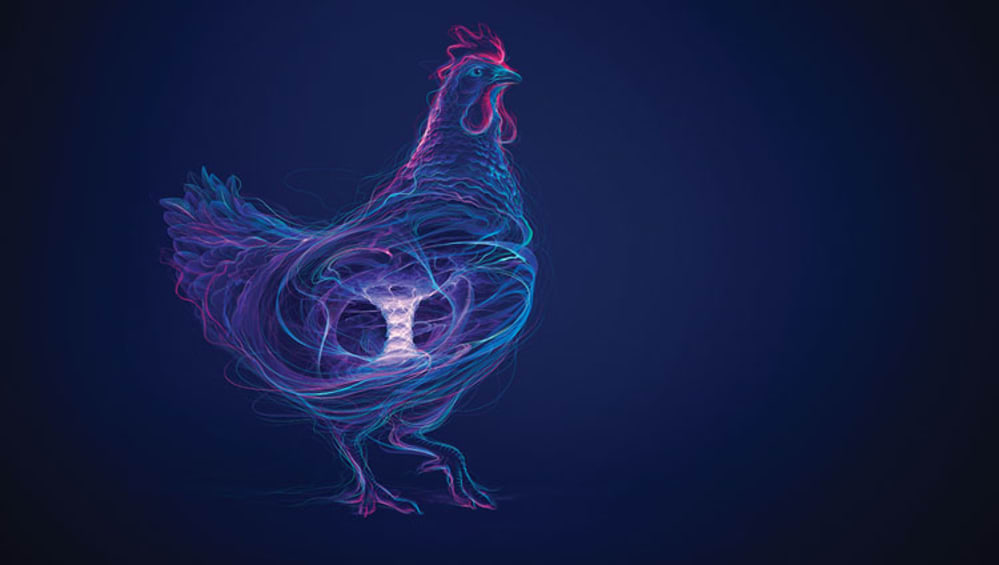Presenting an opportunity to optimise enzyme matrix strategies at July’s PSA Meeting
Published Tuesday, 2nd July 2019
The research, to be presented at the meeting from 15th – 18th July in Montreal, Canada, covers NIR analysis and the role of enzymes such as phytase, xylanase and beta-glucanase in improving performance, profits and sustainability.
As part of the program, our Research Director Dr Mike Bedford will explore opportunities to optimise the performance of an exogenous enzyme by applying the most challenging matrix, whilst maintaining performance. Dr Bedford will be discussing the importance of evaluating enzyme matrices over a significant number of trials, in order to minimise the likelihood of a failure in performance delivery.
Dr Bedford explains the research we have done in this area to develop our own enzyme application strategies:
“This topic could not be more relevant as we have conducted extensive research to determine the effect of targeted enzyme application to degrade both phytate and NSP, reducing the antinutritive effects of both substrates. This research has yielded a revolutionary enzyme application called ‘Maximum Matrix Nutrition’ – or MMN - which aims for maximum phytate breakdown whilst reducing viscosity and increasing fibre fermentability. MMN has been demonstrated to improve nutrient utilisation delivering a significant improvement in amino acids, minerals and energy, meaning diets can be formulated with higher nutrient credits for feed cost savings.”
As the maximum nutrient credit that could be considered when using enzymes will depend on the characteristic of the diet, we will also be presenting new developments in NIR, with insights into reactive lysine and amino acid availability in soybean. Our Technical and Marketing Director Dr Tiago Santos outlines the importance of getting this ‘first step’ right, in order to fully capitalise on gains further down the line:
“With levels of anti-nutrients varying not just between feedstuffs but within a single raw material, NIR provides critical insights into substrate composition – helping to inform precision in terms of enzyme application. Our aim in sharing such insights is to offer advice on how to use feed additives strategically to extract even more value from substrates.”
Those not attending the event but interested in learning more are invited to contact info@abvista.com for details on the research being presented.
Latest news
Stay ahead with the latest news, ideas and events.

Online Feed Fibre Calculator
Calculate the percentage of dietary fibre in your feed
Our calculator is designed for nutritionists and uses averages of global raw materials to calculate the dietary fibre content (plus other more in-depth fibre parameters) of finished animal feed. These parameters are available within AB Vista’s Dietary Fibre analysis service (part of our NIR service).
Sign up for AB Vista news
A regular summary of our key stories sent straight to your inbox.
SUBSCRIBE© AB Vista. All rights reserved 2025
Website T&Cs Privacy & Cookie Policy Terms & Conditions of Sale University IDC policy Speak Up Policy
























